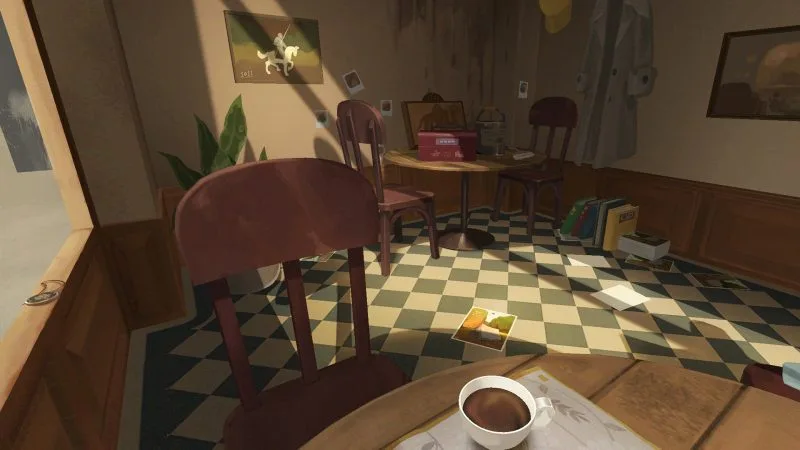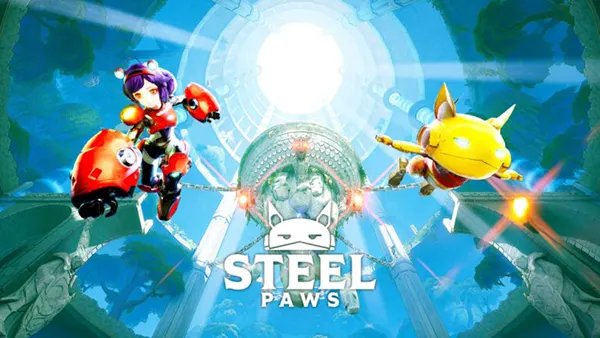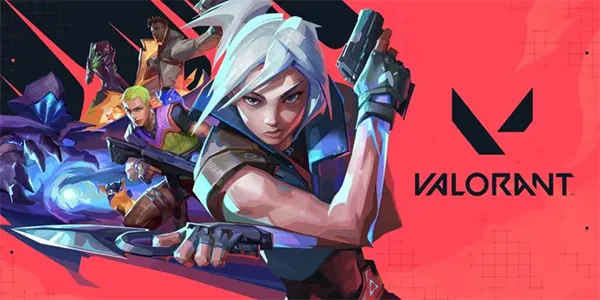“The Star Named EOS” – A Poetic Puzzle Adventure with a Deep Narrative

“The Star Named EOS” is a captivating narrative-driven puzzle game that enchants players with its touching storyline and delicate artistic style. Released in February 2025 by Silver Lining Studio, this game transports players into a world where memories, emotions, and intricate puzzles intertwine. With its soft hand-drawn visuals and heartfelt narrative, it offers a reflective and immersive experience that stands apart from typical puzzle adventures.
Overview of “The Star Named EOS”
Set against a backdrop of longing and discovery, “The Star Named EOS” follows the story of Dei, a young boy seeking to uncover the truth behind his mother’s mysterious journeys. Players navigate through evocative environments, solving environmental puzzles that reveal fragments of the past, allowing Dei to piece together the hidden story of his family. The game weaves together themes of memory, loss, and hope, creating a deeply emotional journey for players.
The gameplay centres around capturing photographs and solving scene-based puzzles. Each photograph Dei takes acts as a portal into a precious memory, encouraging players to look closely at their surroundings to find clues. As the story progresses, the puzzles grow in complexity, demanding careful observation and emotional insight rather than just logical deduction.
Silver Lining Studio, known for “Behind the Frame,” brings its characteristic focus on storytelling and artistic detail to “The Star Named EOS.” The development team aimed to create a game that does not simply entertain but resonates emotionally, leaving players with reflections on memory and family bonds long after the final scene fades.
Gameplay Mechanics and Visual Style
The core mechanic of “The Star Named EOS” revolves around photography, which plays a crucial role in storytelling. Players must reconstruct memories by capturing perfect moments through Dei’s lens. The photos are not only beautiful but also rich in narrative significance, offering hints to unlock deeper layers of the plot.
Visually, the game boasts a distinct, hand-painted aesthetic that feels both nostalgic and soothing. Every scene is crafted with meticulous attention to colour, light, and composition, drawing inspiration from impressionist art. The gentle animation and subtle background music further amplify the game’s melancholic yet comforting tone.
The interface is intuitive, ensuring that players can focus on the story and the emotions it evokes rather than getting bogged down by complex controls. The slow-paced exploration encourages thoughtful engagement, making each puzzle feel like a meaningful part of the broader emotional tapestry.
The Emotional Depth of the Narrative
“The Star Named EOS” does not shy away from complex emotional themes. At its heart, it is a story about coping with absence, cherishing fleeting memories, and finding closure. Dei’s journey mirrors universal human experiences, making it easy for players to connect deeply with his story, regardless of their background.
Throughout the game, players witness Dei’s transformation from a boy clinging to fragments of his mother’s past to a young adult ready to embrace his own future. The letters, photographs, and keepsakes he discovers serve as poignant reminders of love’s enduring presence even in physical absence.
The narrative is delivered with minimal dialogue, relying instead on environmental storytelling and visual metaphors. This subtlety invites players to engage with the story actively, interpreting the emotions and motivations of the characters through observation and personal reflection.
Critical Reception and Impact
Upon its release, “The Star Named EOS” received widespread acclaim from critics and players alike. Reviewers praised its ability to tell a profound story through simple yet powerful gameplay mechanics. The emotional resonance of the narrative and the game’s artistic beauty were consistently highlighted as its strongest attributes.
Many players found the experience cathartic, describing it as a heartfelt meditation on loss and remembrance. Critics applauded Silver Lining Studio’s commitment to creating games that value emotional authenticity over spectacle, reinforcing the growing demand for narrative-rich indie titles.
The game’s success also underscores a broader trend in the gaming industry, where titles that prioritise personal storytelling and artistic expression are gaining mainstream recognition. “The Star Named EOS” exemplifies how games can be vehicles for profound human experiences, appealing to both seasoned gamers and newcomers seeking emotional depth.

Looking Towards the Future of Narrative Puzzle Games
“The Star Named EOS” stands as a beacon for the potential of narrative-driven puzzle games. It challenges the notion that games must be action-packed to be engaging, proving instead that emotional resonance and thoughtful design can create equally compelling experiences.
The success of this title is likely to inspire other developers to explore similar storytelling techniques, where visuals, sound, and gameplay interweave to create emotionally rich experiences. As more players seek meaningful interactions rather than mere entertainment, the demand for games like “The Star Named EOS” will undoubtedly continue to rise.
For Silver Lining Studio, this project reaffirms their role as pioneers of emotionally driven gaming. Their careful crafting of “The Star Named EOS” showcases their dedication to creating works that linger in the hearts and minds of players, setting a high standard for narrative adventures to come.
Final Thoughts on “The Star Named EOS”
“The Star Named EOS” offers a unique, poignant experience that blends art, memory, and gentle puzzle-solving into a cohesive whole. It demonstrates that games can be both delicate and powerful, capable of delivering deeply personal stories through innovative mechanics.
For players seeking an experience that touches on the universal themes of family, loss, and hope, “The Star Named EOS” is a shining example of what the medium can achieve. It stands as a testament to the evolving landscape of gaming, where narrative and emotion are as valued as challenge and skill.
In a world often driven by fast-paced action and competition, “The Star Named EOS” invites players to slow down, reflect, and find beauty in the fleeting moments that shape our lives. Its legacy is sure to inspire both players and developers for years to come.




